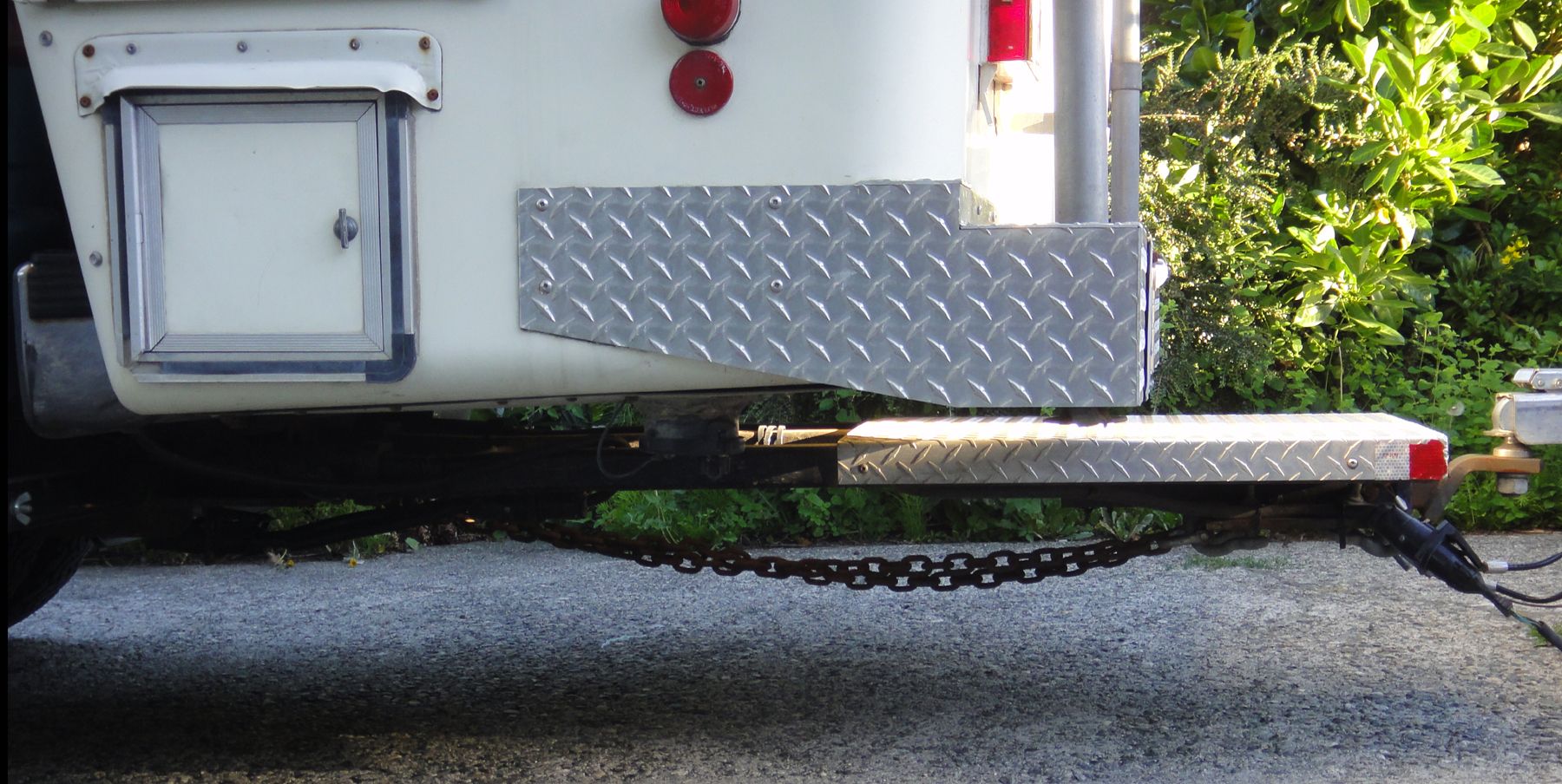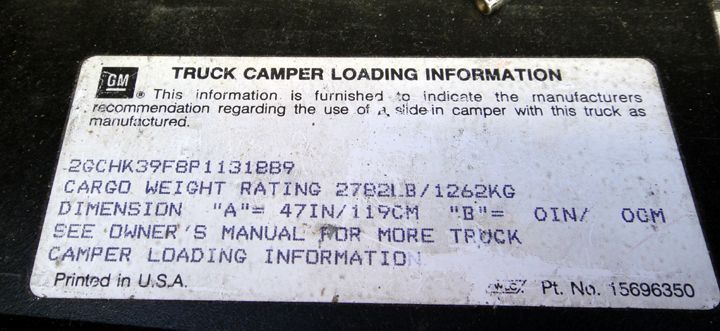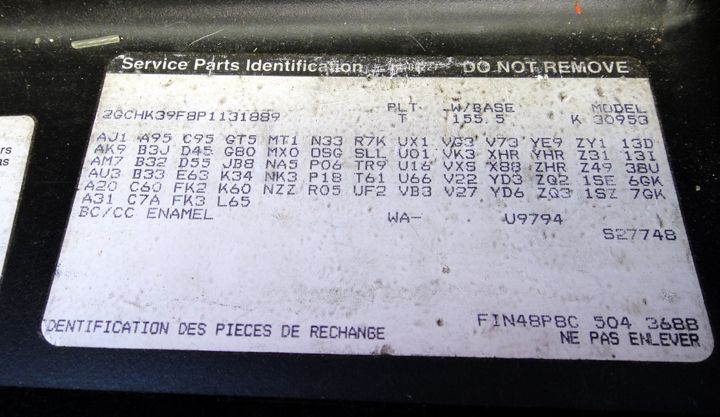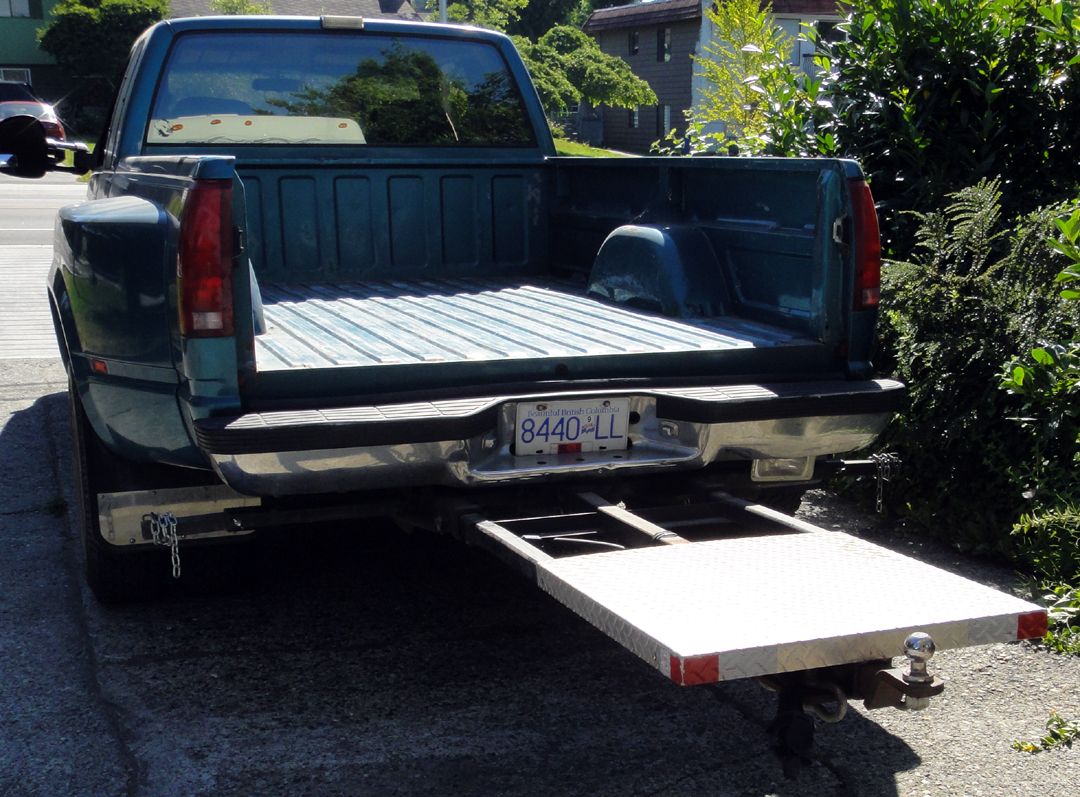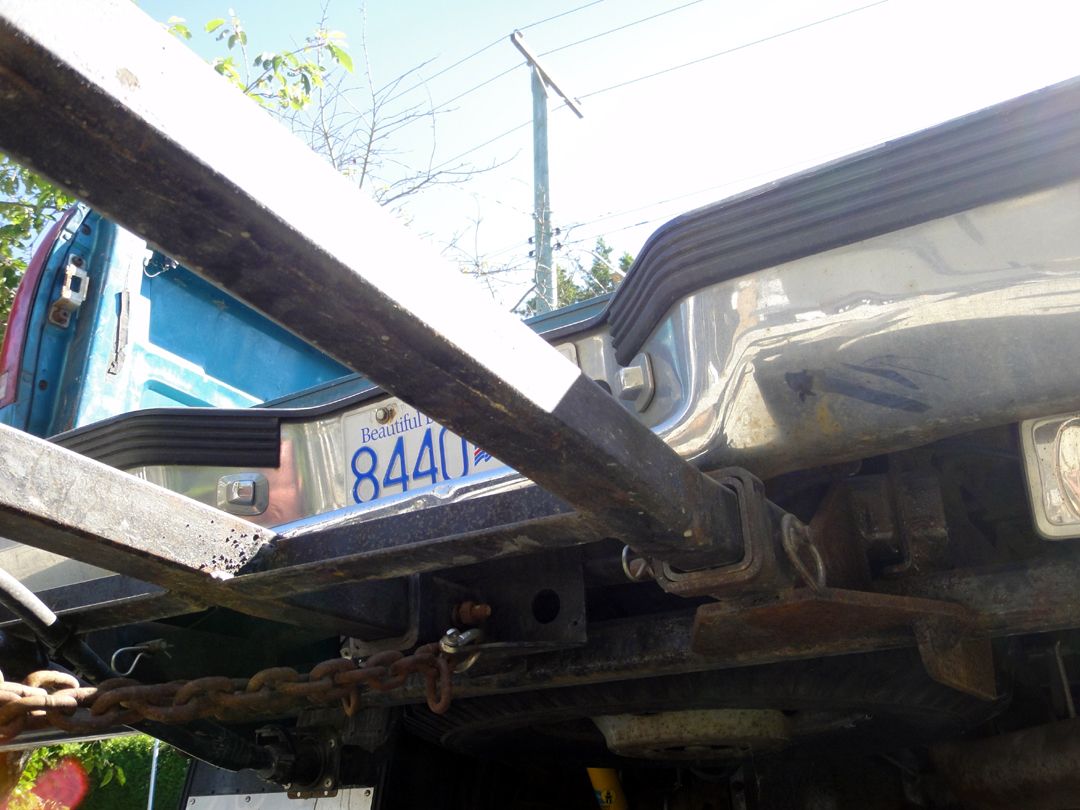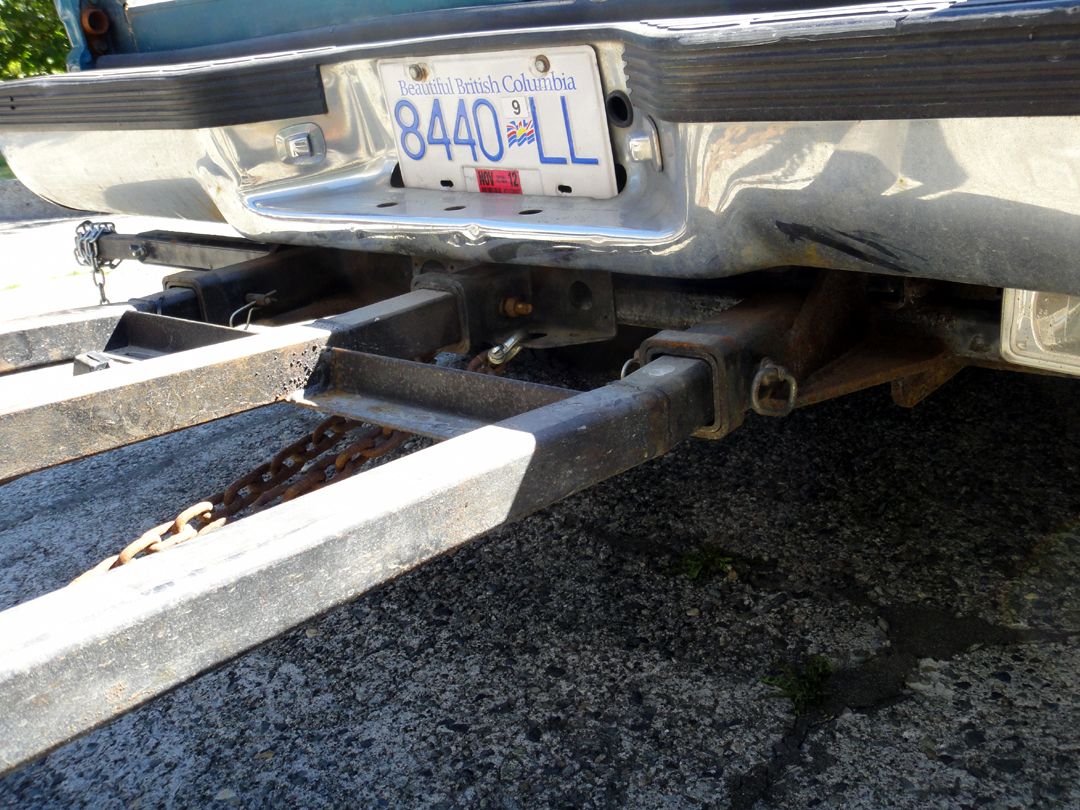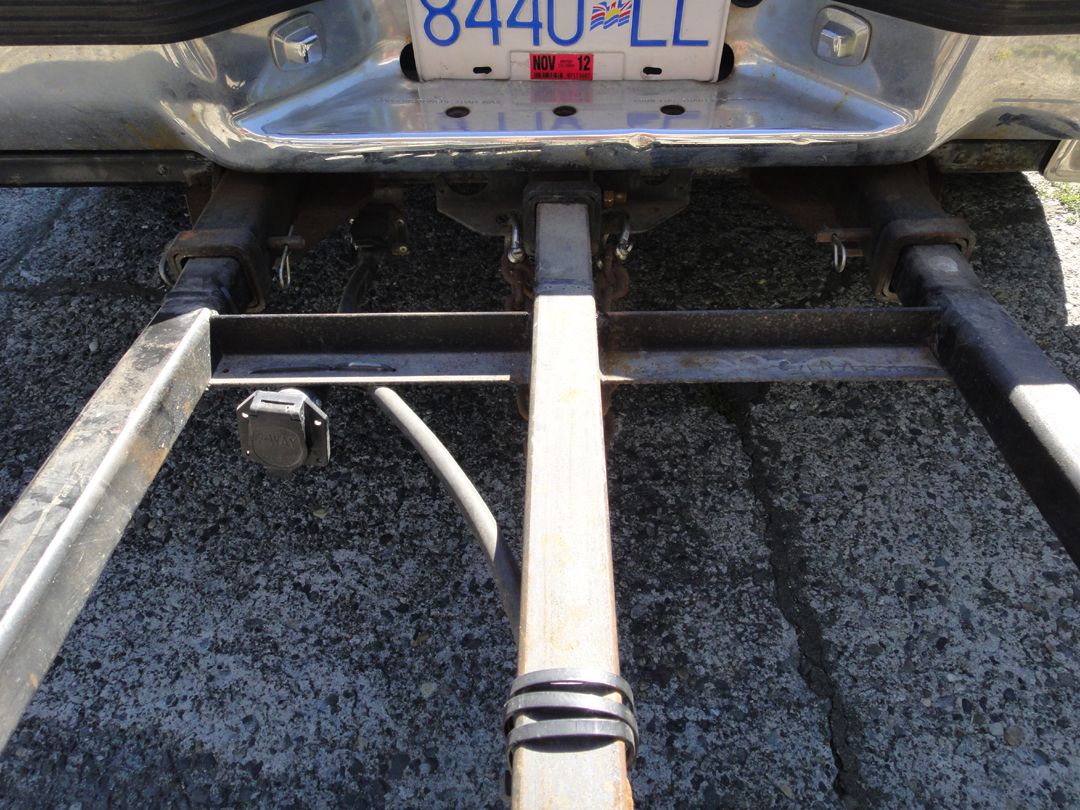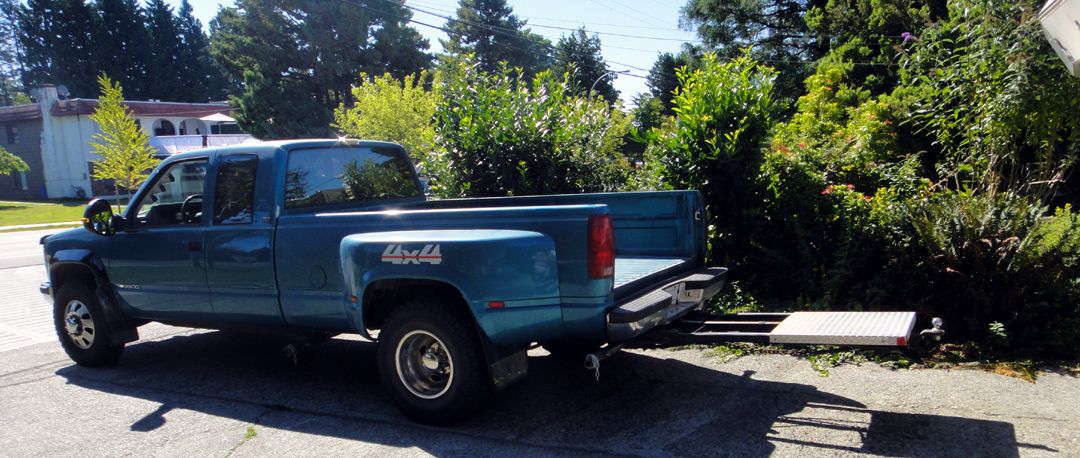
Rusty (TDP member) could probably offer more detail on that.
While "Personal Auto Policies" (PAP) are somewhat standardized in the U.S.by using ISO (Insurance Service Office) forms, states and insurors can tailor those forms to laws and underwriting guidelines. Trucks up to 1T (mfr's classification) can usually be insured on a PAP, without regard to GVW or GCVW. However, companies will require trucks used in business to be on a Business Auto Policy (BAP). Trucks rated over 1T have to be on a BAP, and GVW/GVCW is usually required. Exceptions to the weight requirement are motorhomes (All classes); some companies permit motorhomes (usually up to 26K GVW) on PAPs.
Bottom line: There is no universal answer, so check with your insurance agent, and confirm in writing.
'94 Barth 28' Breakaway M/H ("StaRV II") diesel pusher: Spartan chassis, aluminum birdcage construction. Peninsular/AMG 6.5L TD (230HP), 18:1, Phazer, non-wastgated turbo, hi-pop injectors, 4L80E (Sun Coast TC & rebuild, M-H Pan), Dana 80 (M-H Cover), Fluidampr, EGT, trans temp, boost gage. Honda EV-4010 gaso genset, furnace, roof air, stove, microwave/convection, 2-dr. 3-way reefer. KVH R5SL Satellite. Cruises 2, sleeps 4, carries 6, and parties 8 (parties 12 - tested).
Stand-ins are an '02 Cadillac Escalade AWD 6.0L and an '06 Toyota Sienna Limited.





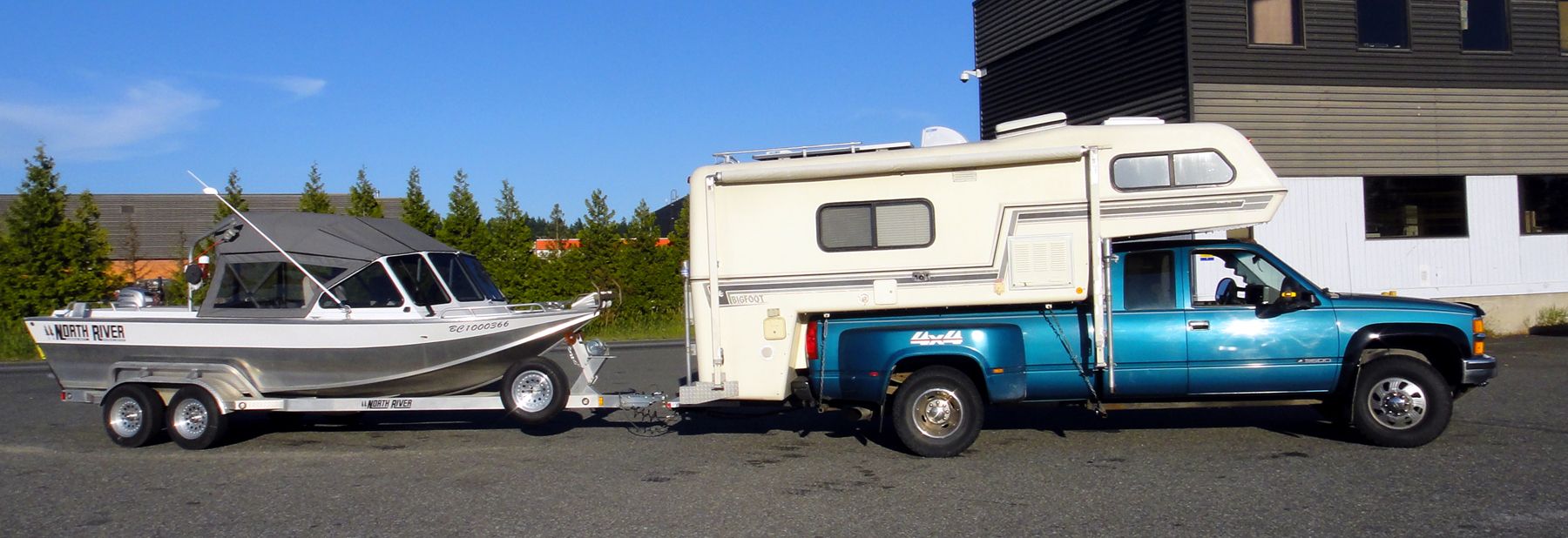

 Reply With Quote
Reply With Quote


